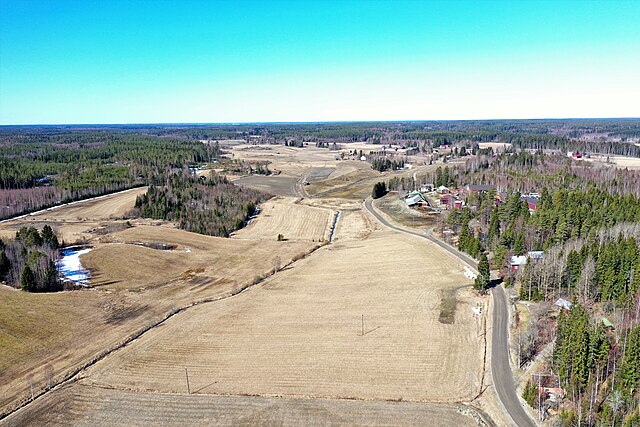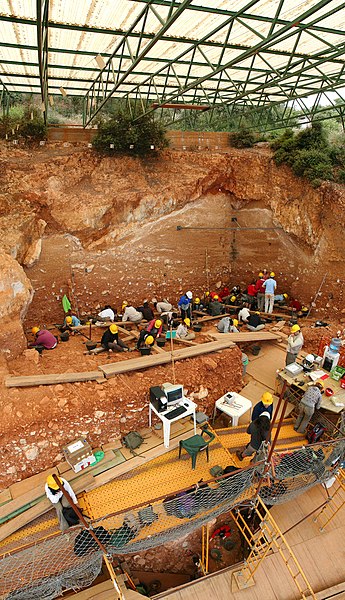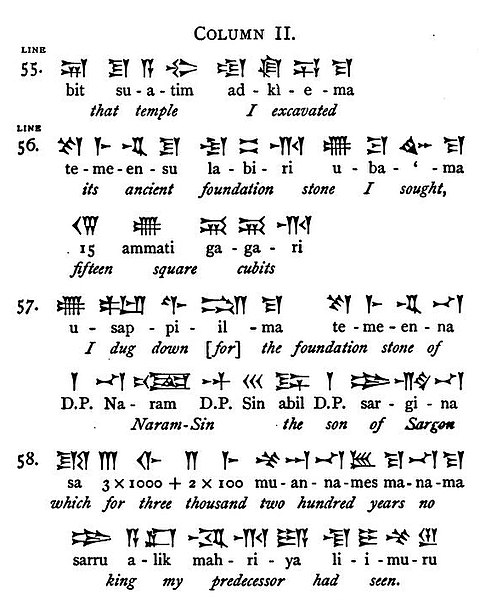In geography, statistics and archaeology, a settlement, locality or populated place is a community of people living in a particular place. The complexity of a settlement can range from a minuscule number of dwellings grouped together to the largest of cities with surrounding urbanized areas. Settlements may include hamlets, villages, towns and cities. A settlement may have known historical properties such as the date or era in which it was first settled, or first settled by particular people. The process of settlement involves human migration.
The small town of Flora, Oregon, in United States, is unincorporated, but is considered a populated place.
A field landscape of the rural Pajuniemi village in Sastamala, Pirkanmaa, Finland
Taos Pueblo, an ancient pueblo belonging to a Taos-speaking Native American tribe of Pueblo people. It is approximately 1000 years old and lies about 1 mile (1.6 km) north of the modern city of Taos, New Mexico.
London, a city in the United Kingdom, is a large settlement with a human population of 14 million in its metropolitan area.
Archaeology or archeology is the study of human activity through the recovery and analysis of material culture. The archaeological record consists of artifacts, architecture, biofacts or ecofacts, sites, and cultural landscapes. Archaeology can be considered both a social science and a branch of the humanities. It is usually considered an independent academic discipline, but may also be classified as part of anthropology, history or geography.
Excavations at Atapuerca, an archaeological site in Spain.
Nabonidus cylinder from Sippar
Extract describing the excavation
Archaeologists excavating in Rome, Italy








